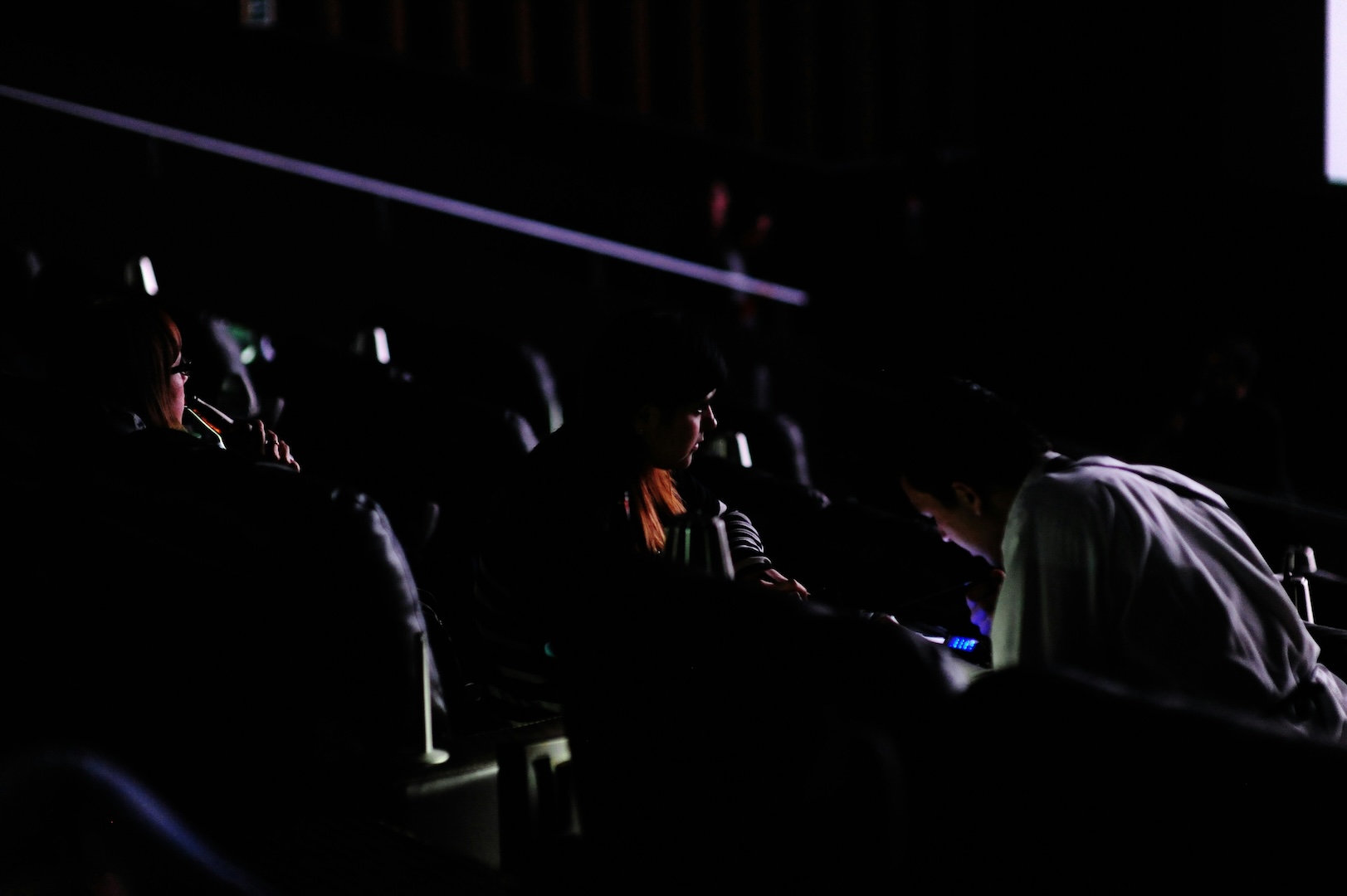How music shapes expectations in films - and how this creates tension
Music is a central element in creating tension in a movie. Tension is “only” the condensed form of a much more fundamental psychological mechanism - anticipation. Music can be used to shape, modulate and contrast emotional anticipations. The targeted use of melody, rhythm and timbre prepares dramatic climaxes, but also subconsciously alters our perception and sense of time, action and meaning. In this article, we explore how music in film shapes anticipation, creates tension and influences emotional processes.
Expectation in film and music
The question “What is expectation in film and music?” is crucial, because expectation is a central element of our perception. It helps us to reduce complexity and make decisions. It is particularly effective in film – a temporal work of art – because the audience is forced to experience things in a linear fashion. Music acts like an emotional compass here: it signals what might be about to happen, what we should pay attention to or the mood in which we should place a scene. This preparation does not have to be obvious. It often has a subliminal effect – as an atmospheric carpet, as a rhythmic pulsation or through the subtle use of timbres.
Example
“The Truman Show” (Burkhard Dallwitz, Philip Glass) uses music to make the expectation behind every open door tangible as a search for truth and identity.

From expectation to suspense
Suspense is the dramaturgical condensation of expectation. Tension arises when an expectation becomes intense without being immediately fulfilled. Music can create this tension through increasing dynamics, harmonic instability, increasing rhythm or deliberate pauses. Classical techniques such as the leading note, ostinato figures or suspensions build up expectation, which can dissolve in dramatic discharge – or deliberately remain open in order to leave the audience in uncertainty.
Example
“Dunkirk” (Hans Zimmer) works with Shepard sound (illusion of an infinitely rising or falling scale) and ticking noises to create a state of permanent tension from quiet expectation – without any classical melodic development.

Techniques for shaping expectation
Rhythm: Repetitive patterns, syncopated figures or the lack of a clear focal point make the audience “wait for something”.
Harmony: Modulations, unexpected chord changes or the deliberate avoidance of a cadence create anticipation.
Motifs: repetitions with slight changes suggest that “something is coming”.
Timbre: A certain instrumentation (e.g. muted strings or dissonances in the synth pad) can also create emotional anticipation.
Example
The score to “The Lord of the Rings” (Howard Shore) uses recurring motifs, slow modulations and orchestral intensification to build up anticipation over several scenes – often before any danger is visible.
Guide, deceive, fulfill expectations
Effective film music deliberately manipulates expectations: it can build up tension only to suddenly break it – for example with an abrupt pause or an unexpectedly bright chord. It can also avoid the obvious and thus appear ironic or ambivalent. Expectations do not always have to be fulfilled in order to be effective. Sometimes it is precisely the non-fulfillment that is the emotional climax.
Example
“The Matrix” (Don Davis) uses music as an interface of expectation – between the real world, simulation and inner transformation – and thus guides our perception between truth and illusion.
Curiosity, anticipation and yearning
Expectation is more than just excitement. It can also be curiosity, anticipation, longing or uncertainty. Music can convey all these nuances. It not only accompanies action – it prepares for it, reflects it or even comments on it. This function is becoming increasingly important, especially in more complex narratives (e.g. arthouse or series).
Example
With its floating, ambient soundtrack, “Lost in Translation” (Kevin Shields and others) creates a space of emotional uncertainty – between loneliness, attraction and quiet hope.

Summary
Music in films is not an accessory, but a central means of emotional navigation. It creates expectation, condenses it into tension and thus guides our perception of time, space and action. Music is the emotional architect of the future, so to speak. Anyone who analyzes film music learns a lot about the mechanics of experience itself – and about the subtle interplay of hearing, feeling and understanding.
- Music shapes expectation
- Suspense is condensed expectation
- Harmonies, rhythm, timbre
- Music guides, deceives or fulfills
- Yearning, hope, suspension
- Film composition as emotional foresight
Kontakt
JP Composers
Julian Pešek (Einzeluntermehmer)
Südstraße 45
04178 Leipzig
Telefon: +49 171 9101572
Mail: julian@jp-composers.com
